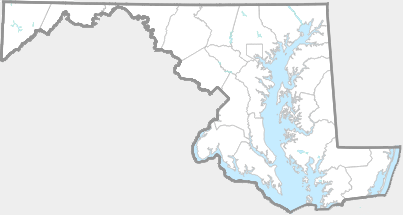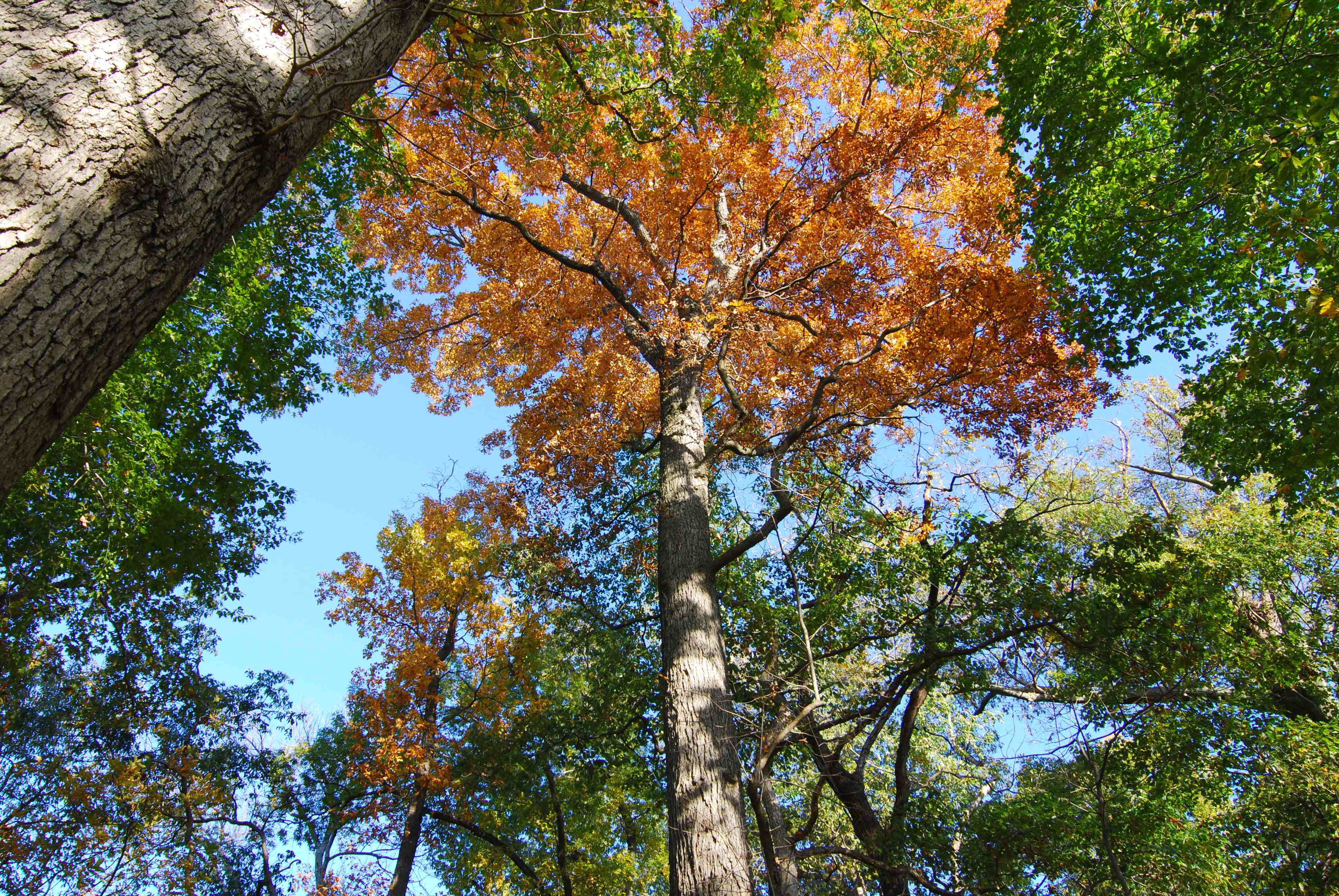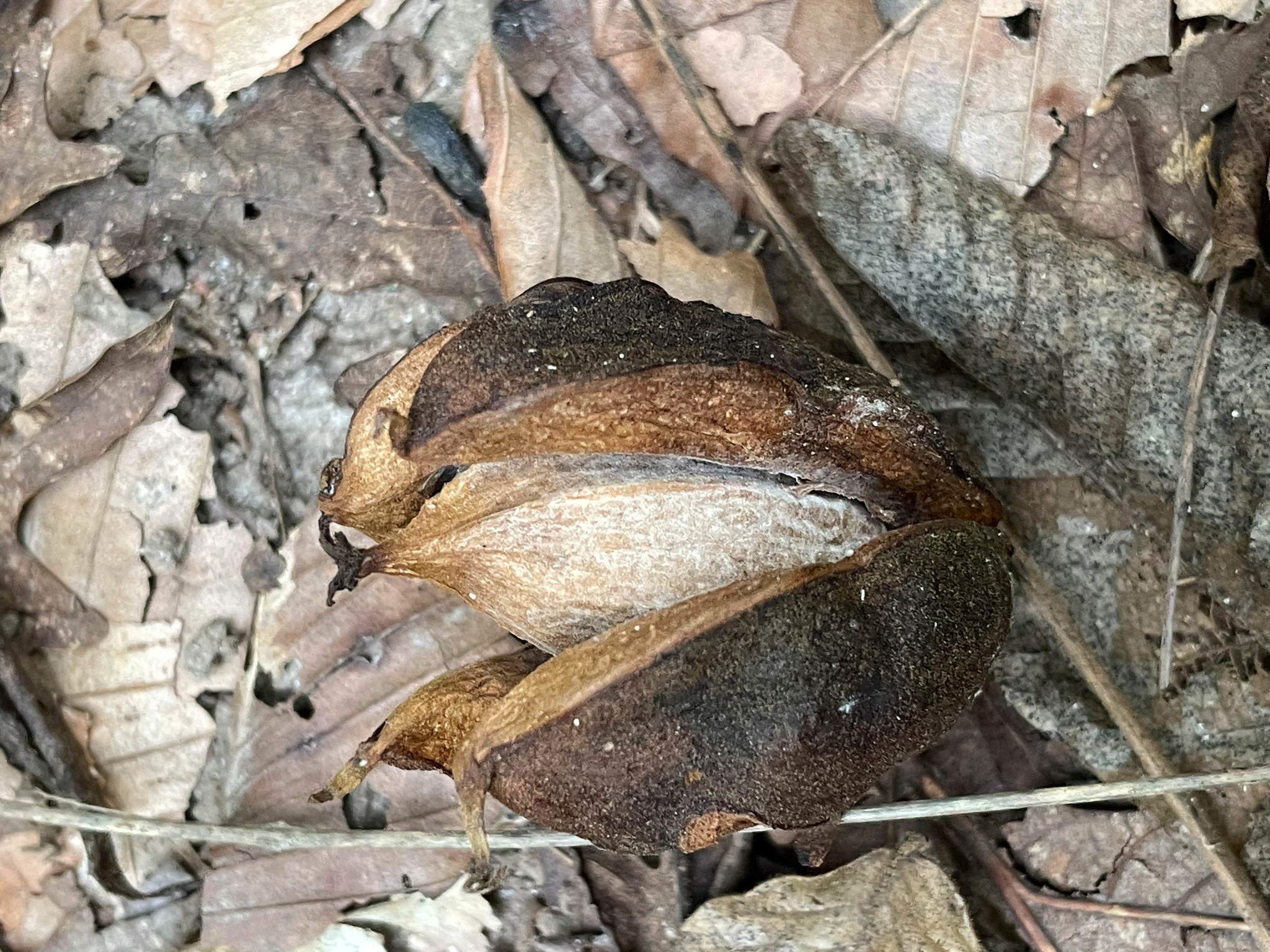

 Synonyms: False Shagbark, Hicoria microcarpa, Sweet Pignut Hickory.
Synonyms: False Shagbark, Hicoria microcarpa, Sweet Pignut Hickory.






Red Hickory's range is the eastern United States and some of the central states. It occurs primarily as scattered trees rather than in colonies, so is rarely a forest dominant.
Leaves usually have seven leaflets. Bark is light or dark gray, somewhat furrowed, and separates in thin, narrow plates on larger trunks (hence the alternate common name, False Shagbark Hickory). Differs from Shagbark Hickory in having more leaflets per leaf and smaller fruits with thinner husks. The fruits are round or nearly so, or oblong. They are light brown and split to the base when ripe.
In Maryland, Red Hickory is found mainly in moist upland woods in midland and mountain counties (Brown and Brown, 1972). A good place to find it is at Chapman State Park (Chapman Forest North), Charles County, Maryland.
Host plant for various moth species including Oldwife Underwing Moth and Banded Tussock Moth (Database of World's Lepidopteran Host Plants).
There are 10 records in the project database.
| GA | AL | WA | FR | CL | MO | HO | BA | BC | HA | CE | PG | AA | CV | CH | SM | KE | QA | CN | TA | DO | WI | SO | WO |



